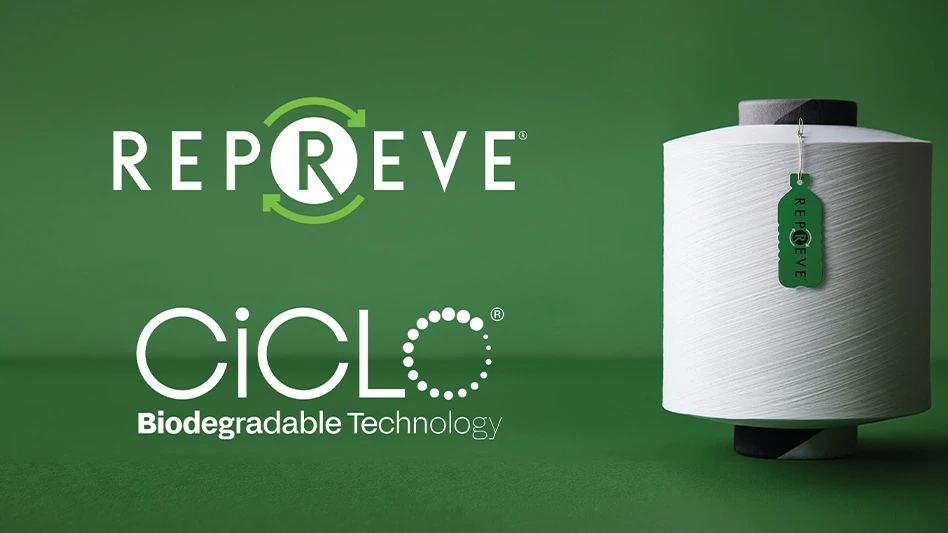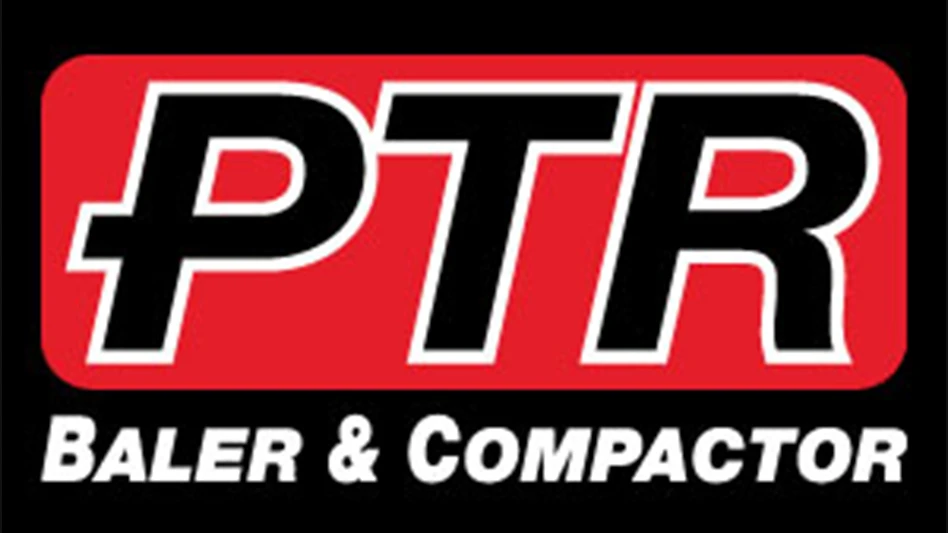Contamination exacerbates an already-difficult market and using technology to identify what is coming into material recovery facilities (MRFs) helps operators to create a more usable product on a cost-effective basis, said speakers in the Rise of the Robots: The Role of Artificial Intelligence (AI) in the Waste Industry session at WasteExpo 2018, held April 23-26 at the Las Vegas Convention Center.
Speakers pointed to various reasons to use robots and AI in MRFs, including:
- heavy lifting;
- no deviation due to fatigue;
- repetitive;
- continuously high levels of concentration;
- purity rates and consistent and accurate identification of products;
- pre-emptively tracking and managing work;
- maximal operating time;
- evolutive identification of products and more meaningful data;
- reproductivity of results;
- reduce labor and training; and
- lower operating costs.
“It’s important we realize the importance of artificial intelligence in recycling,” said speaker Charles Yhap, founder and CEO of CleanRobotics, Pittsburgh.
CleanRobotics’ flagship product, the TrashBot, uses advanced robotics and AI to sort recyclables from waste at the point of disposal, increasing the recycling yield and improving its quality through reduced contamination, according to the company.
For speaker Matanya Horowitz, co-founder and CEO of AMP Robotics, Denver, he said when he began talking to MRFs about the company’s robotic system in 2014, he expected skepticism.
“People immediately grasped the potential of this technology,” Horowitz said.
AMP’s two-part system is a robot and a vision system, which is installed over a conveyor belt and is capable of understanding and learning all materials that pass through a MRF. Once material is recognized by the vision system, the robot uses suction cups at the end of a gripper to grab on to the item before releasing it into a bunker.
The challenge, he said, has been identifying the vast variety of materials in the recycling stream.
The inbound stream changes all the time, said speaker Nathanaël Lortie, co-founder and president of Quebec-based Eagle Vizion. He pointed to the similarities between manufacturing facilities and MRFs, saying “The recycling industry isn’t any different; it’s just a little behind.”
Horowitz questioned why robots are not used in MRFs yet when the technology has been around since the 1990s. “The physical challenges have held back investments in this technology,” Horowitz said.
Horowitz and other speakers said the goal is to bring the technology and control seen in manufacturing facilities to MRFs. Robots have a compact footprint; they can be installed with little or no retrofit to the overall system. They also can work alongside human sorters.
Beyond changing inbound streams, another challenge MRFs face is the current market conditions for commodities, from recovered plastics to secondary fibers, including mixed paper.
Speaker Rich Reardon, managing director of Max-AI for Bulk Handling Systems (BHS), Eugene, Oregon, said, “We’re in the toughest market conditions we could possibly be in at any given time.”
He described the work it took to build the neural network—the library of memory recognition the robotics systems learn. “You can’t go to your local Walmart and buy a neural network,” Reardon said.
BHS has since sold more than 50 units, with seven installations completed. When asked by an audience member the average economics for a Max-AI AQC (Autonomous Quality Control) product line, Reardon said a 10 ton per hour (tph) system would average about $200,000 for the robot itself, with $5,000 in parts annually.
Still, “It’s just the beginning for robots,” Horowitz said. Current iterations of picking robots will change.
He described how the vision system learns as it goes. With cloud connectivity, equipment across the MRF can “talk” to one another.
“It can tell your news screen ‘I’m getting too much plastic,’” Lortie said of the robotic system, “and it can adjust the screen.”
“Adjust and adapt,” he added, “So the facility as a whole can be more intelligent.”
Reardon and Horowitz said their robots have a 95 percent accuracy rate and gripping capabilities. CleanRobotics’ Yahp said Trashbot is 85 percent accurate, which is still significantly more than the public’s 30 percent accuracy rate.
(Read more about how robotics and AI can help MRFs to create cleaner streams of recyclables in the August 2017 feature, "Taking (quality) control.")
WasteExpo 2018 is April 23-26 at the Las Vegas Convention Center.
Latest from Recycling Today
- Recyclers likely to feel effects of US-China trade war
- BCMRC 2025 session preview: Navigating battery recycling legislation and regulations
- Yanmar Compact Equipment North America appoints new president
- LYB publishes 2024 sustainability report
- Plum Creek Environmental acquires Custom Installation LLC
- Avis introduces Harris American Co.
- International Paper in talks to divest 5 European box plants
- Recycled PP from Polykemi, Rondo Plast used in flood protection product







